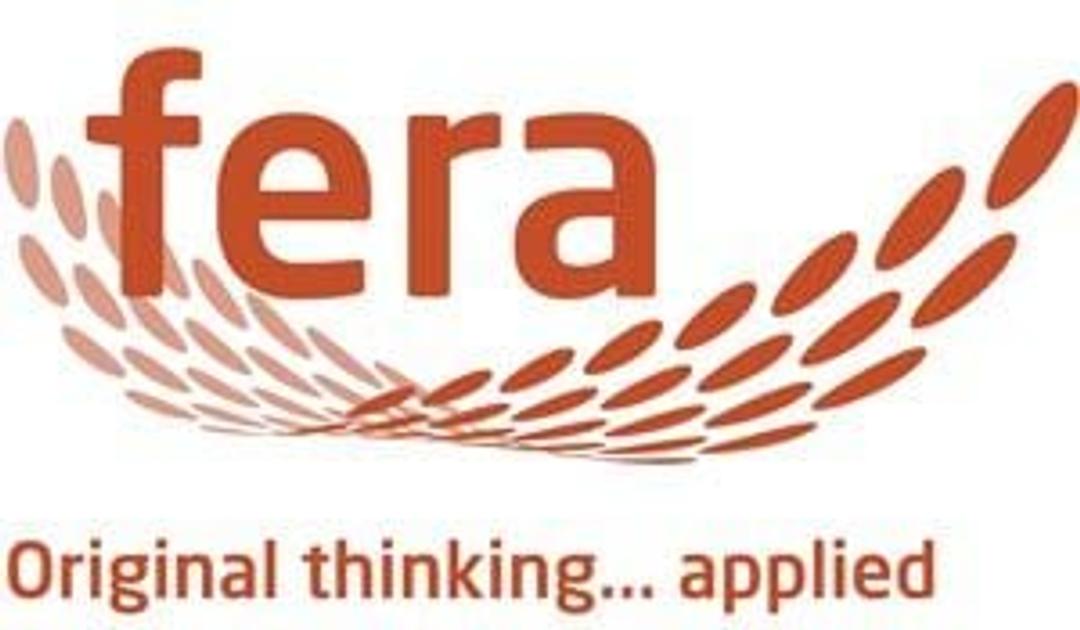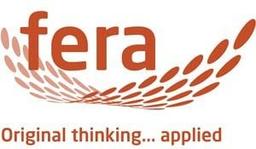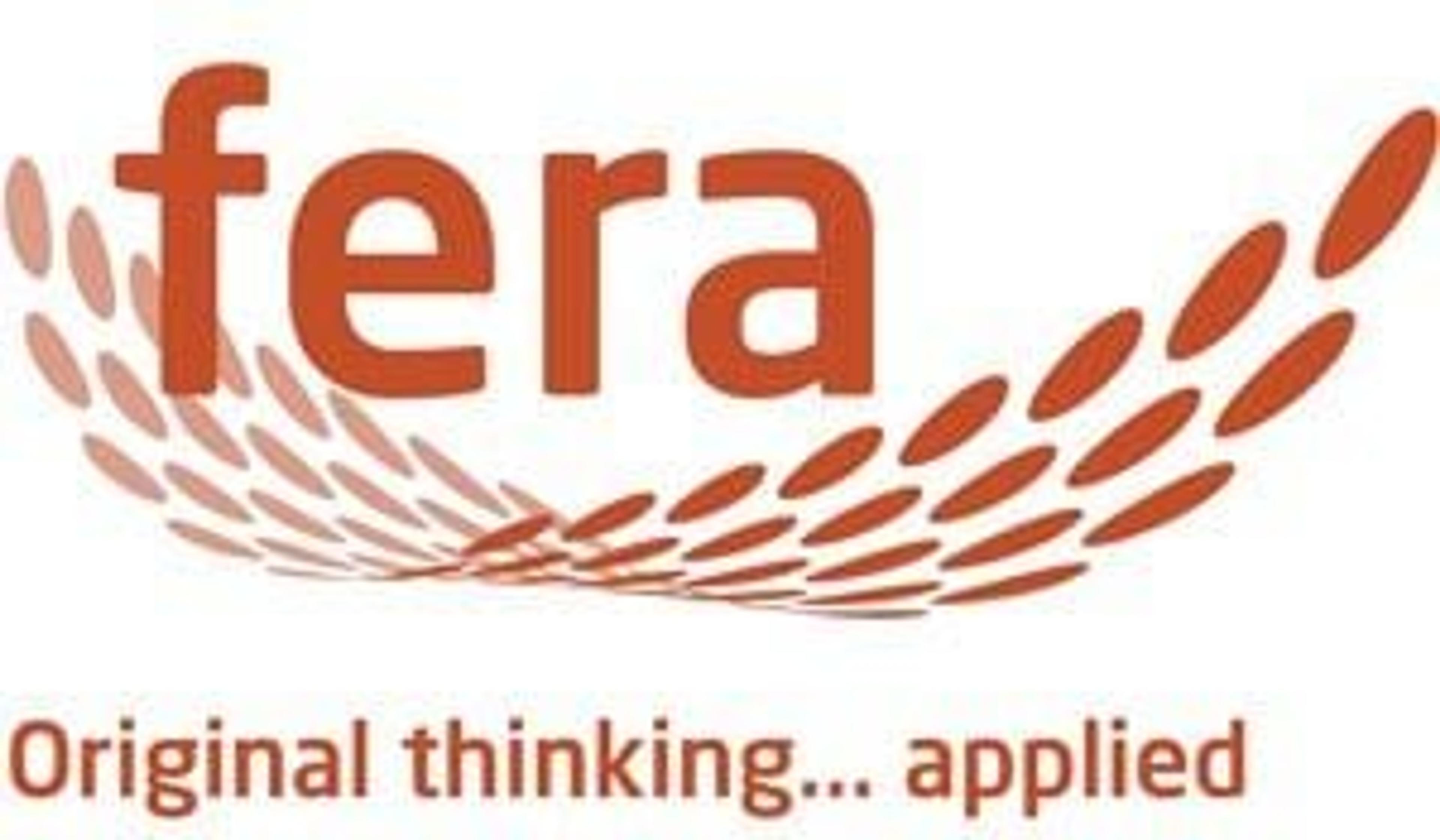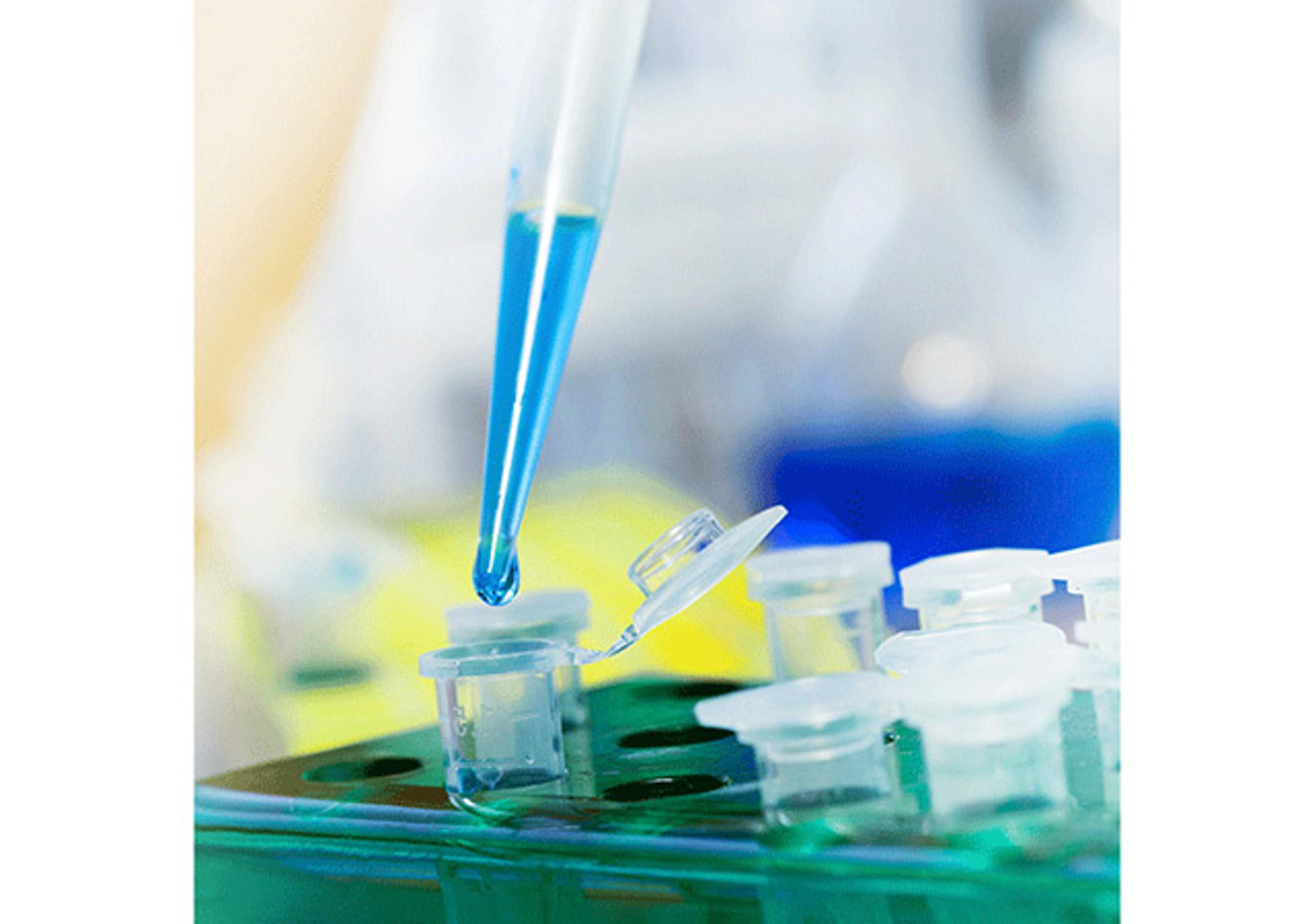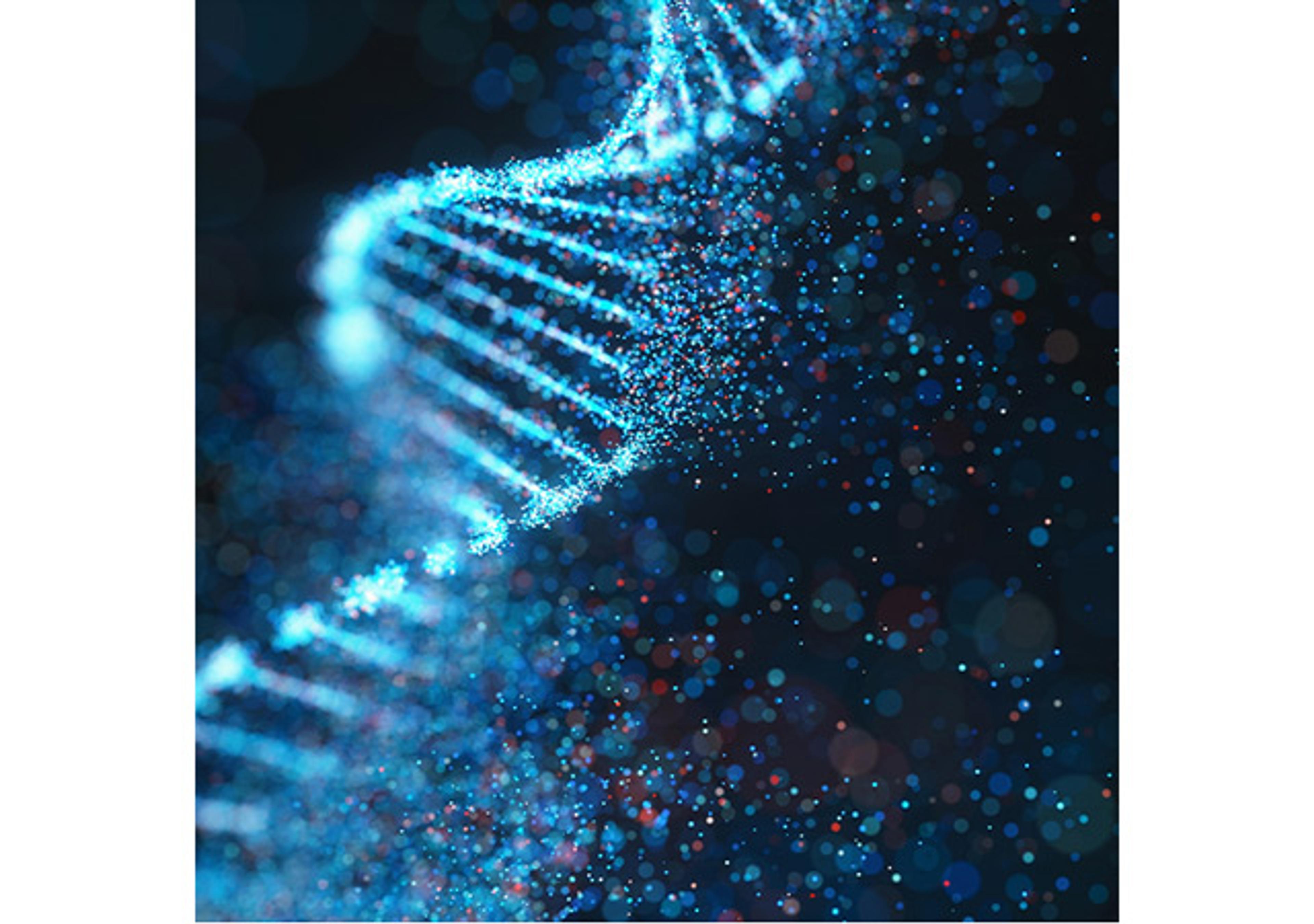Manuka Honey: Microbiological Testing (TA & NPA)
Total Activity (TA) and Non-Peroxide Activity (NPA) are measures of the ability of a honey to inhibit microbial growth. Phenol equivalence testing through traditional plate bioassay methods is used to accurately assess these levels and allow producers to ensure labelling requirements are met. Our scientists measure the TA of your honey sample as a true to label test. This takes into account both peroxide and non-peroxide ac…
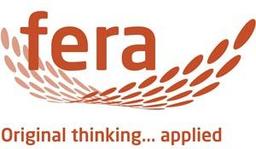
The supplier does not provide quotations for this product through SelectScience. You can search for similar products in our Product Directory.
Great!
Biochemistry, Food Industry, Nutrition
Quick and good results! The team is professional
Review Date: 28 Jun 2021 | Fera Science
Total Activity (TA) and Non-Peroxide Activity (NPA) are measures of the ability of a honey to inhibit microbial growth. Phenol equivalence testing through traditional plate bioassay methods is used to accurately assess these levels and allow producers to ensure labelling requirements are met.
Our scientists measure the TA of your honey sample as a true to label test. This takes into account both peroxide and non-peroxide activity (NPA). Honey naturally possesses anti-microbial properties, but Manuka honey uniquely displays additional non-peroxide antimicrobial activity due to the presence of Methylglyoxal (MGO). If requested, we can use a conversion equation to report the NPA level of your sample alongside the measured MGO concentration. The TA activity value on a label next to the word Manuka can be misleading as TA alone is not an indication of Manuka’s unique anti-microbial properties. With the level of anti-microbial activity varying between products, it is vital that producers and retailers can provide robust evidence such as both TA and NPA results to support the labelling claims on the packaging of their products.
Fera offers testing services to confirm antimicrobial activity in Manuka honey, and all analyses are validated for performance to current industry standards.

